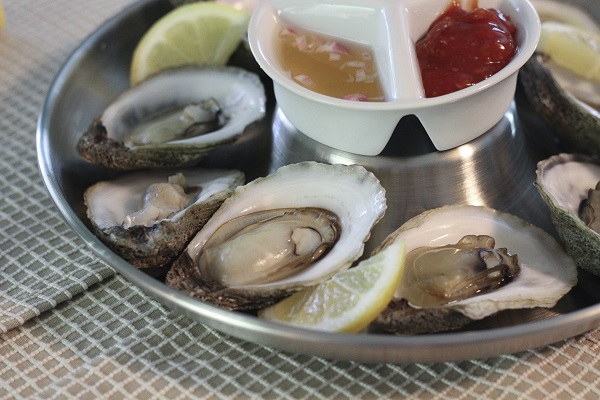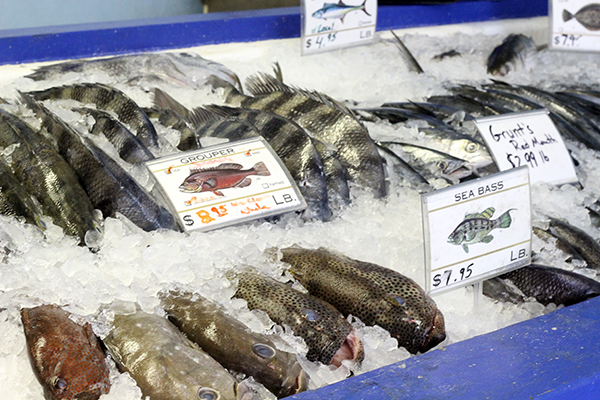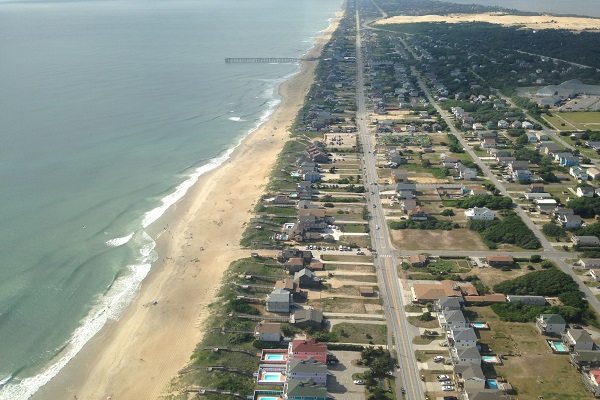COASTAL COLLABORATIONS: Researchers Reach Into Communities
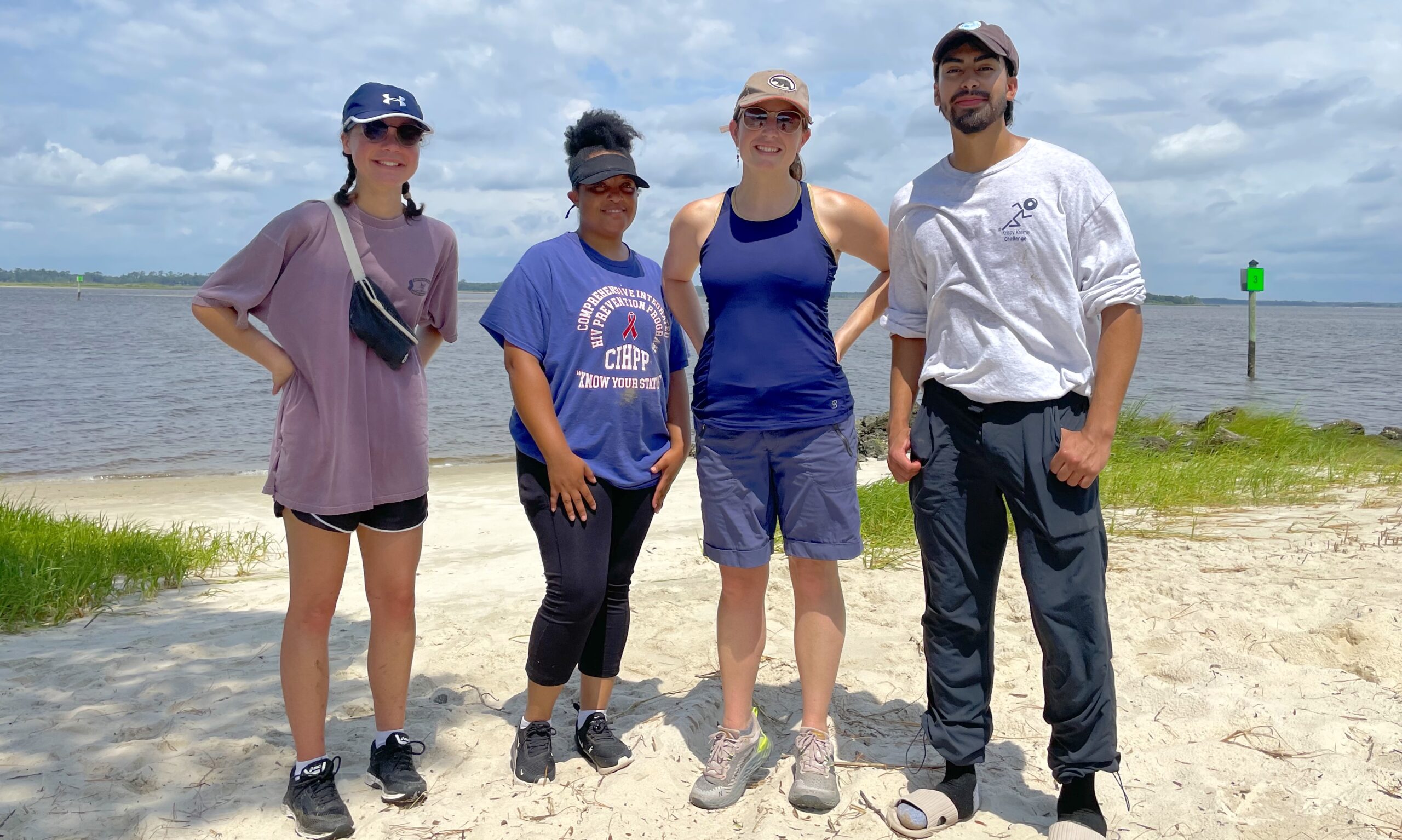
Four community-based collaborations are growing, thanks to a new partnership between North Carolina Sea Grant and the William R. Kenan Jr. Institute for Engineering, Technology and Science at NC State University.
“We are pleased with the variety of topics, as well as the strong participation of partners from throughout the coastal region,” notes Raj Narayan, associate director of the Kenan Institute. “They fit well with our goal to develop partnerships dedicated to advancing science, engineering and technology as a force in improving economic and social well-being.”
The North Carolina Sea Grant Community Collaborative Research Grant Program leverages institute support with matching funds from Sea Grant. “We had a strong set of applications that offered creative problem-solving approaches to environmental, economic and educational issues,” explains Susan White, Sea Grant executive director.
“The selected projects include partners from local, state and federal agencies, coastal businesses and nonprofit organizations, along with university-based researchers. We anticipate these new efforts will be the start of ongoing collaborations,” she adds.
John Fear, Sea Grant’s deputy director, notes that all four projects offer new perspectives on coastal issues. “We look forward to following the progress of these research efforts, as well as the resulting outreach to varied audiences.”
Below are descriptions of the new projects, listed with their respective partners. Principal investigators also discuss their expectations for the new collaborations.
Spatial and Biogeomorphic Properties Oligohaline Marshes in Currituck Sound: Implications for Response to Sea-Level Rise
James “Bo” Dame and Heather L. McGuire of Chowan University, along with Brandon Puckett of the North Carolina Coastal Reserve and Robbie Fearn of the National Audubon Society
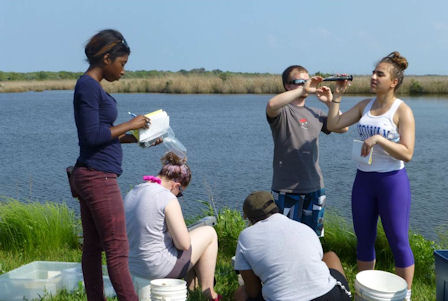
The team will provide a spatial analysis of brackish back-barrier marshes along two protected areas in Currituck Sound: Currituck Banks National Estuarine Research Reserve and Audubon’s Pine Island Sanctuary. Undergraduates will help compare the marshes dominated by two grasses, Spartina cynosuroides and Phragmites australis.
The results will add to relevant data for management decisions at the two sites, as well as for other locations in the unique Currituck Sound area. The team also will develop informational kiosks and share data online via sites such as the N.C. Coastal Atlas.
“Our study will increase understanding in a region where little data are currently available, provide opportunities for underrepresented groups in coastal research, and will lay the foundation for future work with our collaborators,” says Dame, a biologist at Chowan University.
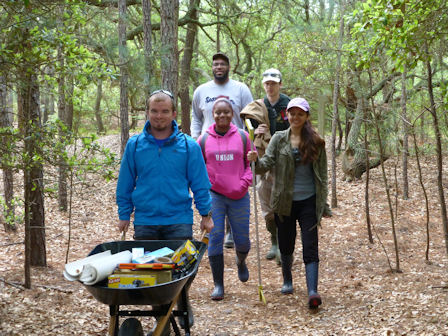
“This program allows us to significantly expand our partnership with Audubon’s Pine Island Sanctuary and the North Carolina Coastal Reserve,” he adds.
Dame and McGuire conduct an annual field ecology course on the Outer Banks based out of the Pine Island facility. The students use Currituck Banks National Estuarine Research Reserve in Corolla, as well as Kitty Hawk Woods Coastal Reserve in Kitty Hawk. With the new funding, they will add a research component to their experience.
“This grant provides field equipment and instrumentation, allowing us to conduct projects that will assist our partners in their management activities and get students involved in meaningful research and field experiences,” he explains. Many of their students are from rural northeastern North Carolina, and often are the first in their family to attend college.
Dame is looking beyond the one-year time frame for the project. “We are already discussing plans to continue with periodic habitat mapping to document change and measuring biogeomorphic variables to establish trends,” he says.
This project will allow Chowan to build capacity for future projects, he adds, “including documenting the impact of dune/beach migration into adjacent vegetation and aquatic communities, prioritizing sites for restoring living shorelines, and developing metrics to measure success in habitat restoration.”
Follow their progress at www.chowan.edu/seagrant.
Cape Shark Project
Evan Ferguson of Cape Hatteras Secondary School, along with Jeffrey Aiken of Jeffrey’s Seafood, and Rev. Richard Joyner of the Conetoe Family Life Center
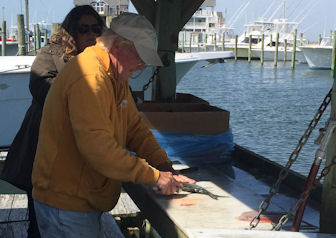
This project will offer a demonstration of a “sea-to-school” supply chain that would provide cape shark, also known as dogfish, to the Cape Hatteras Secondary School as a lunch menu item. The team will consider costs, production capacity from the fish dealer, preparation capacity in the school kitchen and response from the cafeteria patrons.
“This funding will allow Cape Hatteras Secondary School to create a feasibility study for a sea-to-school program, which will initially feature the cape shark,” says Ferguson, a marketing and foods teacher at the school.
“This project will support coastal North Carolina fisheries and encourage consumption of local seafood in schools and beyond. This will be a positive step toward healthy, environmentally conscious, and economically sound communities,” she adds.
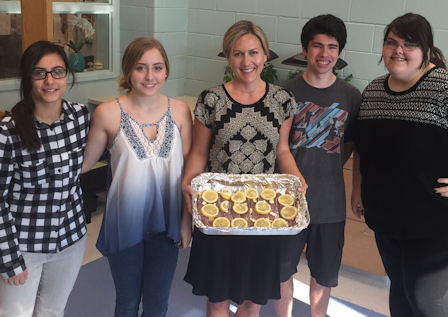
In addition, the team will develop a related STEAM — science, technology, engineering, arts and mathematics — curriculum for the Cape Hatteras school, as well as for partners at the Conetoe Family Life Center in Edgecombe County.
Barry Nash and Jane Harrison, both of North Carolina Sea Grant, also are collaborators on the project.
“My role is to conduct a business case study on the feasibility of including cape shark on the cafeteria menu. I will work with Barry to identify seafood suppliers and with school administrators to reduce barriers to purchasing and preparing the fish for school lunches,” explains Harrison, Sea Grant coastal economics specialist.
“The ultimate goal is to determine whether cape shark is an affordable protein alternative for coastal schools. It is currently an underutilized seafood product, with little local market demand. We hope to determine whether this can change,” she adds.
Quantifying and Communicating the Function of Restored Estuarine Habitats
Michael F. Piehler of the University of North Carolina at Chapel Hill’s Institute of Marine Science, with Pat Donovan-Potts of the City of Jacksonville, Carolyn Currin of the National Oceanic and Atmospheric Administration’s National Ocean Service, Jennifer Dorton of the N.C. Sentinel Site Cooperative, and Susan Cohen of U.S. Marine Corps Base Camp Lejeune
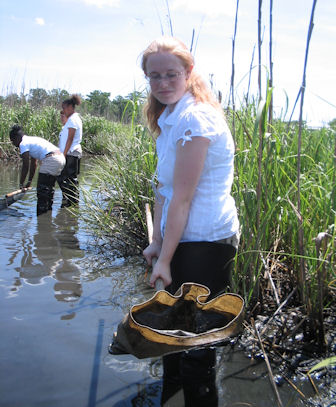
Wilson Bay in Jacksonville, home to the Sturgeon City educational center, will be the site of this combined research and outreach project. The team will evaluate ecosystem services of the location’s estuarine restoration areas, and use the existing restored wetlands and new data as an educational platform for new K-12 programs, as well as for other targeted audiences.
The partners anticipate the research also will be a “proof of concept” for using marsh and oyster restoration in urbanized settings to achieve goals for water quality and shoreline stabilization. This fully integrated program of science and education not only will provide important data, but also will educate residents of all ages who have a stake in the health of local waterways.
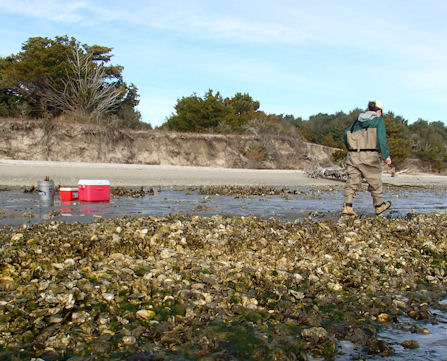
“This project brings Jacksonville, North Carolina, and its proactive approach to coastal sustainability together with NOAA and its significant focus on living shorelines, the N.C. Sentinel Site Cooperative, and the UNC-CH Institute of Marine Sciences, whose research on coastal sustainability has contributed to many recent advances,” says Piehler, an IMS coastal ecologist.
He hopes the partners can make progress in understanding and communicating the efficacy of coastal green infrastructure — at the selected site and in similar settings in other coastal regions.
This project also will provide information about the value of oyster and salt marsh restoration in coastal green infrastructure projects. “Understanding the nitrogen removal capacity of these restored habitats in an urban environment will allow rigorous assessments of the benefits these activities are providing,” Piehler notes.
He intends to use the outcomes from this project to expand Jacksonville’s educational capabilities.
“We will use the results of this work and the monitoring capacity that we provide as tools for education. This project can augment the City of Jacksonville’s existing excellent and effective public education program by providing new data on critical features of ecosystem function,” Piehler adds.
The 1997 Fisheries Reform Act: An Oral History Perspective
Susan West of Buxton, with Jimmy Johnson of the Albemarle-Pamlico National Estuary Partnership, Sandra Davidson of Bit & Grain, Mary Williford of the Southern Historical Collection at UNC-CH, Barbara J. Garrity-Blake of Duke University Marine Lab, and Karen Amspacher of the Core Sound Waterfowl Museum and Heritage Center
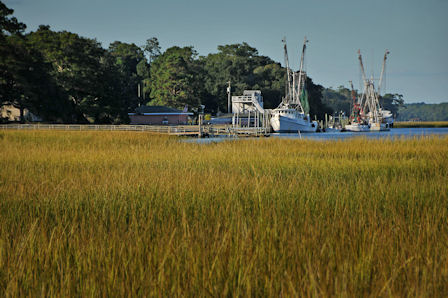
The landmark 1997 N.C. Fisheries Reform Act changed how fisheries are managed in the state. To mark the act’s 20th anniversary, this project will collect perspectives on its development. The law set the framework for mandated fisheries management plans and the state’s new coastal habitat protection plan, as well as resulted in a restructuring of commercial fishing licenses and the development of a new recreational fishing license.
The team also will gather perspectives on the implementation and impacts of the act. The partners will conduct in-depth interviews with key individuals who have played instrumental roles in the implementation of the act or in its initial conception and development. The results, including transcriptions, will be shared through the participating partners’ programs, a NOAA oral history program, and the Coastal Voices website and YouTube channel.
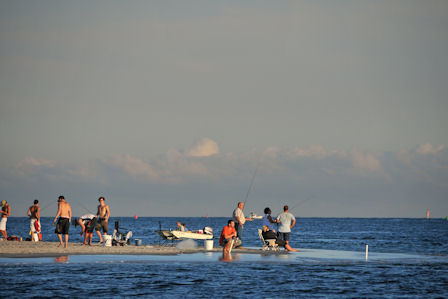
“The program will enable our team of researchers and skilled professionals to bring fisheries management scholarship into the public square in an innovative way,” says Susan West, a journalist. “Collaborators bring expertise in coastal ecosystems, oral history, archival science and audio podcasting to the research and to making the results broadly accessible to the public.”
The project will strengthen public understanding of the Fisheries Reform Act in terms of its historical context and its capacity to address current and future challenges in fisheries management, she adds.
This article was published in the Summer 2016 issue of Coastwatch.
For contact information and reprint requests, visit ncseagrant.ncsu.edu/coastwatch/contact/.
